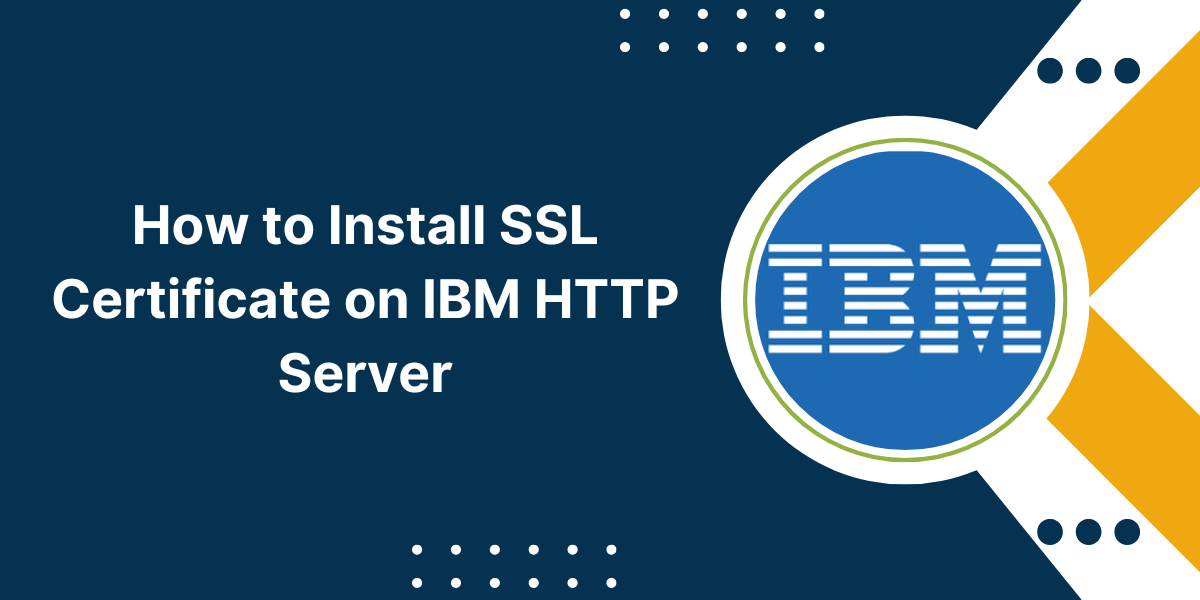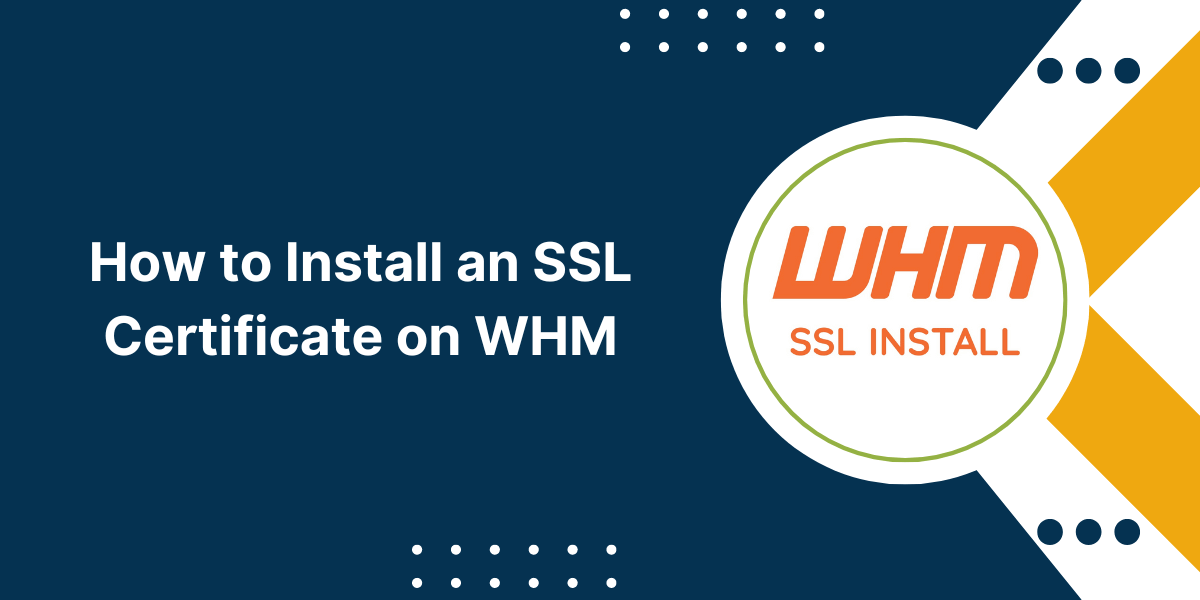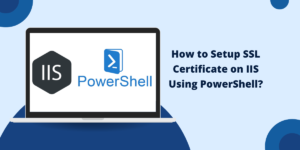SAP Web Application Server SSL Installation Guide with Easy Steps
Using SSL certificates to establish secure HTTPS connections to your SAP application server is crucial for data security. Installing an SSL certificate on the SAP NetWeaver app server involves generating a certificate signing request (CSR), obtaining the signed certificate from a certificate authority (CA), importing it into the SAP Trust Store, and properly configuring the server for HTTPS.
This comprehensive guide will walk you through the entire SSL installation process on the SAP application server step-by-step.
Key Takeaways
- SSL certificates encrypt communication between the client and the SAP app server over HTTPS protocol.
- A certificate signing request containing server details is generated in SAP Trust Manager.
- The CSR must be submitted to a trusted CA to obtain the signed public certificate.
- Import the signed certificate, intermediate, and root certificates into the application server.
- Validate successful installation using SSL testing tools like SSL Labs server test.
- Renew certificates prior to expiration and revocation if compromised to maintain Security.
Prerequisites for Installing SSL Certificate SAP NetWeaver Application Server
Before starting the SSL installation process, ensure that the following prerequisites are met:
- You have administrator access to the SAP GUI and SAP Trust Manager console.
- The application server is running SAP NetWeaver 7.0 or higher.
- You have the server’s default self-signed certificate generated during setup.
- The server is externally accessible using a resolvable, fully qualified domain name.
- Ports 443 (HTTPS) and 8443 (SSL) are open on the firewall for the SAP server.
Also, keep in mind that SSL must be installed separately on each application server if server-specific PSEs are used. For system-wide PSEs, import the certificate automatically once it is propagated.
4 Easy Steps to Install SSL Certificate on SAP Application Server
Follow these step-by-step guides to install SSL certificates in SAP Web Application Server.
- Generate SSL Certificate Signing Request
- Submit CSR and Obtain SSL Certificate
- Import the Signed Certificate into the SAP System/li>
- Verify Successful SSL Installation
Step 1 – Generate SSL Certificate Signing Request
The first step is to generate an SSL certificate signing request (CSR) within the SAP environment.
The CSR contains information such as the organization name, domain name, server location, and the public key that will be part of the certificate. SAP also generates a private key for the public-private key pair.
Follow these steps to generate the CSR:
- Access the SAP GUI console and login using your administrator credentials.
- On the menu bar, go to Security > SSL Server PSEs > Trust Manager to open the PSE Maintenance screen.
- Expand the SSL Server PSE node and select the relevant application server from the list.
- In the PSE Maintenance section, specify the following details:
- Owner: Select the SAP Web Dispatcher option.
- Application Server: Choose the server for which the CSR will be generated.
- Hostname: Enter your server’s FQDN, e.g., mail.company.com.
- Click Create Certificate Request and enter any additional details like organization name, city, and country.
- The CSR code will be generated and displayed on the screen. Copy the entire code, including the BEGIN and END lines.
- Save the CSR text in a Notepad file with a name like hostname.csr.txt. This file will be submitted to the certificate authority for signing.
The CSR contains the public key and other applicant details that the CA will use to create a public certificate specifically for your server. As you proceed, be sure to keep the associated private key safely backed up.
Step 2 – Submit CSR and Obtain SSL Certificate
Now that the CSR is ready, it must be submitted to a trusted certificate authority (CA) to verify your identity and issue a signed SSL certificate.
The aim is to obtain the public certificate file issued in your organization’s name along with the intermediates and root certificate from the CA.
Here are the typical steps for SSL certificate issuance:
- Visit the websites of your chosen certificate authority, such as Comodo, DigiCert, GoDaddy, etc.
- Follow the purchase process for the SSL certificate you want, like single domain SSL, Wildcard SSL, or Multi-domain SSL.
- When prompted, copy and paste the contents of the CSR text file you generated earlier into the CA’s order form.
- Please verify that all the included details, such as the organization name, domain name, server location, etc., are correct.
- The CA will validate your identity and ownership of the domain name through methods like email verification.
- Once approved, the SSL certificate will be issued, and you can download it along with the intermediates and root certificate.
The certificate will be issued in formats like PEM, DER, P7B, or PFX. For SAP servers, PEM (Base64) encoded X.509 format is recommended. If you receive the certificate in any other format, you will need to convert it to PEM format before proceeding.
Step 3 – Import the Signed Certificate into the SAP System
After obtaining the signed SSL certificate from the CA, it must be imported into the SAP Trust Store on the application server. This will install the certificate and its chain on the server, completing the process.
Here are the steps to import the certificates:
- Open the Trust Manager console in SAP GUI and select your application server as before.
- Go to PSE Maintenance > Import Certificate.
- For the Signed Certificate, click Load Local File and browse to select the PEM/CER file you downloaded from the CA. Alternatively, paste the certificate content.
- Similarly, import the Intermediate Certificate file using local file upload or copy-paste.
- Import the Root Certificate into the database or file system using the Trust Manager menu.
- The imported certificates will be displayed in the Certificate List. Click Add to Certificate List to include them in the chain.
- Finally, save the imported certificate data to activate the SSL certificate on your SAP server.
If you have multiple app servers, repeat these steps individually on each server if using server-specific PSEs. For centralized system PSEs, the certificate will automatically propagate.
Step 4 – Verify Successful SSL Installation
The certificate installation process is now complete. The final step is to validate whether HTTPS using the new certificate has been correctly implemented and is working properly.
Follow these best practices to confirm successful configuration:
- Use SSL testing tools: Validate your server using online tools like the free SSL Checker tool, which analyzes the TLS configuration for issues.
- Check encryption status: Verify that your website loads over HTTPS and has the padlock icon indicating active encryption.
- Confirm certificate details: View the certificate details in the browser and match the common name, validity dates, etc., to your certificate.
- Test across browsers: Check HTTPS connectivity and certificate errors, if any, on all major browsers like Chrome, Firefox, Safari, Edge, etc.
- Monitor certificate expiration: Set up renewal calendar reminders, as expired certificates can cause authentication issues.
- Revoke compromised certificates: If your certificate is compromised, request the CA to revoke it and generate a new CSR.
How to Renew SSL Certificates on SAP Server
SSL certificates expire in 1-3 years, depending on the chosen validity period. When the installed SSL certificate reaches its expiry date, the SAP application server will automatically default back to unencrypted HTTP.
Ideally, you should renew SSL certificate at least a month prior to expiration through these steps:
- Generate a fresh certificate signing request using the SAP Trust Manager.
- Submit the new CSR to the CA and request for renewal.
- Obtain the updated public certificate along with intermediates.
- Import the renewed certificates into the SAP server by following the installation process.
Renewal ensures your SAP applications have uninterrupted encryption and users don’t encounter warnings about expired certificates.
How to Revoke Compromised or Invalid Certificates
If your existing SSL certificate is compromised due to a security breach or private key loss, it should be immediately revoked. This prevents the rogue certificate from being accepted as valid. Revocation also applies when you have an unused certificate, or there are inaccuracies in the domain name, organization details, etc.
Follow these key steps to revoke a compromised or invalid SAP server certificate:
Contact the Certificate Authority
The certificate authority through which the SSL certificate was obtained needs to be contacted for revocation.
CAs provide an online certificate revocation request form or API to submit the revocation request. Typically, you will need to give the certificate serial number and an authorized revocation reason for the CA to process the request.
Generate New CSR
Once revoked, the existing SSL certificate (along with its paired private key) can no longer be deemed trustworthy.
A brand-new certificate signing request (CSR) should be generated via the SAP Trust Manager using an updated private key. The CA must then reissue a new valid certificate using this CSR.
Install New Certificate
When the CA generates and provides the new SSL certificate based on the CSR, you have to install it on the SAP app server by importing it into the Trust Store.
This will replace the revoked certificate with an authentic and valid one to re-establish secure HTTPS connections.
Periodic checks of SSL certificates against revocation lists maintain trust in your server for clients and affirm your commitment to proactive Security.
Troubleshooting Common SSL Installation Issues
Some commonly encountered problems when installing SSL certificates on the SAP NetWeaver application server include:
Import Errors Due to Incorrect File Format
The certificate and key files must match the file formats supported by SAP: PEM for certificates and PFX for private keys. They convert to the appropriate format before import, which usually resolves format-related errors.
Intermediate Certificates Missing from Chain
If intermediate certificates are not included in the import process, the certificate chain will be incomplete. Downloading and importing the intermediate certificate provided by the CA rectifies this issue.
Domain Name Mismatch in CSR and Certificate
The FQDN in the CSR must match the domain name exactly in the SSL certificate issued. If they mismatch, a new CSR with the proper domain name must be generated and submitted.
Inaccessible Default Self-Signed Certificate
The existing default self-signed certificate may be corrupted or deleted accidentally during the import process. Regenerating it using the SAP SSL server config resolves this problem.
Certificate Expiry Not Tracked
If renewal dates are not tracked prior to expiry, services relying on the SSL certificate can fail. Calendaring renewal timelines avoids last-minute scrambles.
Final Thoughts
Installing an SSL certificate on the SAP Application Server enhances data security by enabling encrypted communication. First, obtain a valid SSL certificate from a trusted Certificate Authority (CA). Then, import the certificate into the SAP Cryptographic Library using the SAPcryptolib utility. Configure the required SSL parameters in the instance profile and enable SSL ports. Generate a Parameter file and apply it to activate SSL.
Test the SSL connection by accessing secure URLs. Optionally, mutual authentication can be configured by importing client certificates. Monitor SSL handshakes and troubleshoot errors. Regularly renew expiring certificates to maintain secure communication. Proper SSL implementation safeguards sensitive data transmission over SAP systems.
Frequently Asked Questions
Here are some common FAQs about installing SSL certificates on the SAP application server:
Why do SAP servers need SSL certificates?
SSL certificates enable HTTPS and TLS encryption protocols to secure sensitive data transmission between SAP apps and users. They use public-private keys, encryption ciphers, and digital signatures to establish secure communication channels.
What risks are introduced without an SSL Certificate on SAP?
The lack of encryption exposes login credentials, personal information, financial transactions, etc. to interception through man-in-the-middle attacks. It also makes the website vulnerable to attacks like cross-site scripting and code injections.
What is the cost of purchasing an SSL certificate for SAP?
Basic single-domain SSL certificates start at around $5: $20 per year. More advanced certificates with wider compatibility, multiple domains, etc., can range from $50: $250+ annually.
Can I use a free or self-signed certificate for SAP?
While free and self-signed certificates do enable encryption, they need more credibility, as a trusted CA does not issue them. For complete Security, it’s best to invest in CA-validated certificates.
How long does installing an SSL certificate take?
If documentation is ready, the installation process, including request generation, issuance, and import into SAP servers, can be completed within a few hours. For multiple servers, budget a few days for certificate propagation.
Do I need to renew SAP SSL certificates?
Yes, SSL certificates need to be renewed either annually or every 2-3 years, depending on their validity period, to maintain active encryption status. Expired certificates will disable HTTPS.
When should I revoke an installed SSL certificate?
Compromised certificates due to data breaches or unauthorized access should be revoked immediately through the issuing CA. Expired, unused, and inaccurate certificates should also be revoked.
How can I check if the SAP server certificate is valid and verified?
Online tools like SSL checker tool can analyze whether the certificate is properly signed and chained according to industry best practices for trust.

Priya Mervana
 Verified Web Security Experts
Verified Web Security Experts
Priya Mervana is working at SSLInsights.com as a web security expert with over 10 years of experience writing about encryption, SSL certificates, and online privacy. She aims to make complex security topics easily understandable for everyday internet users.



